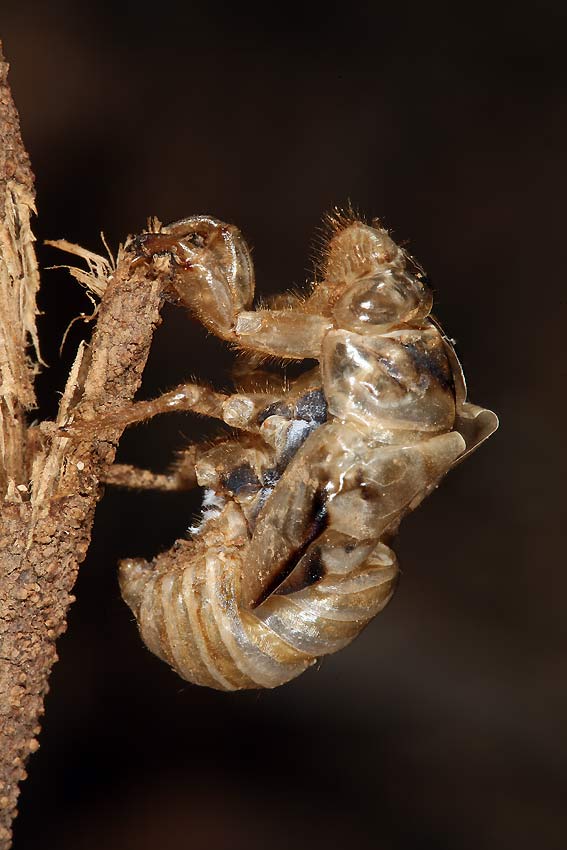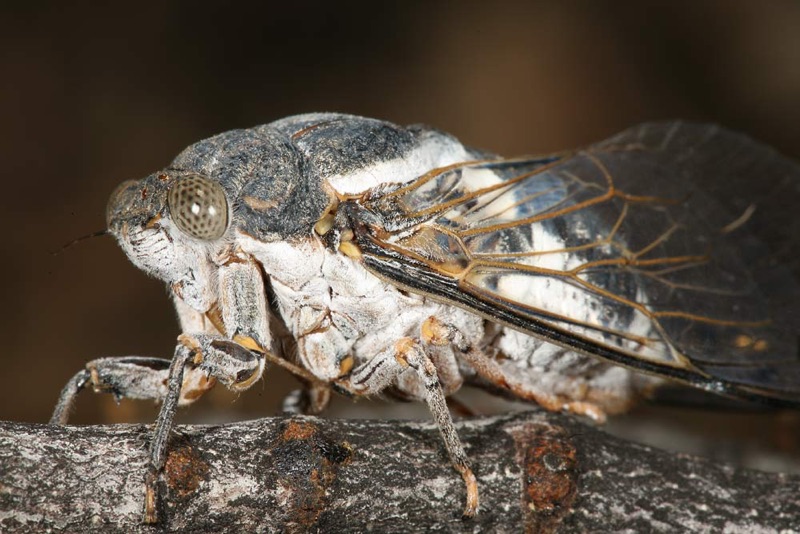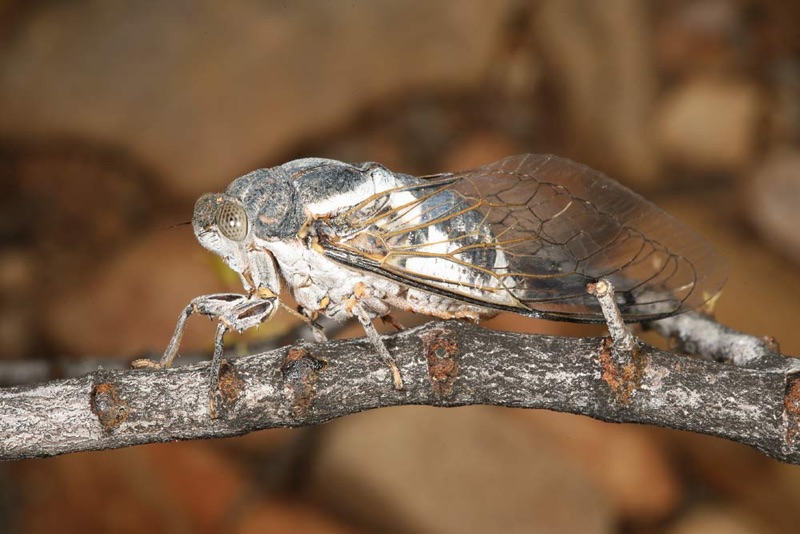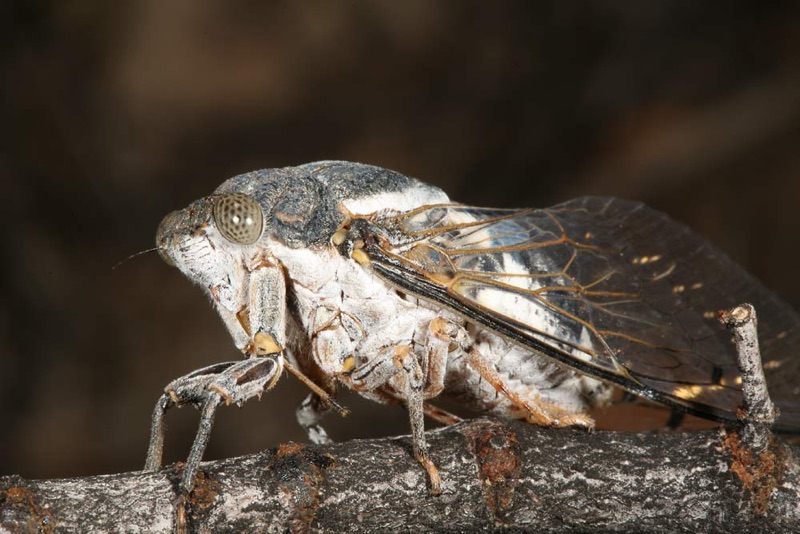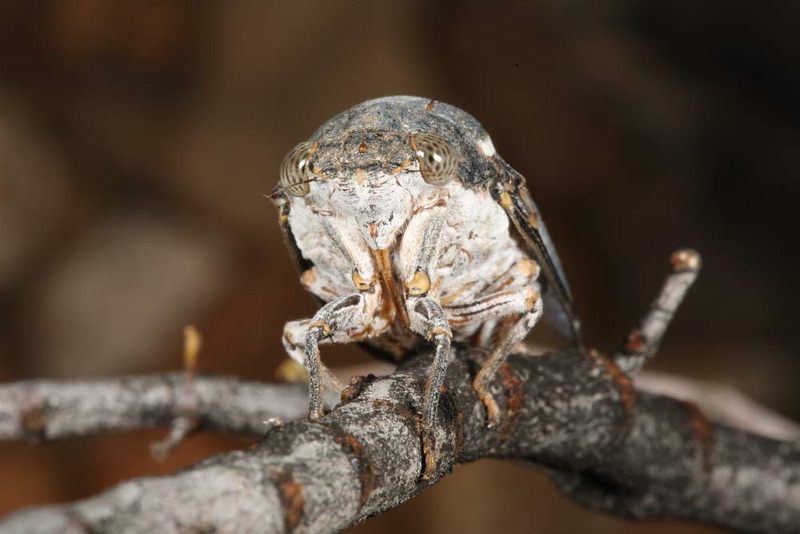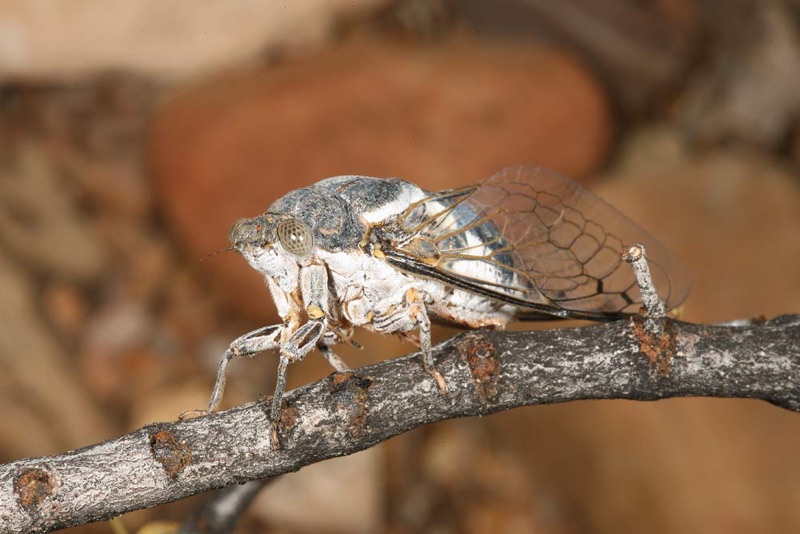Michelle Thompson took this picture of a cicada on the trunk of her oak tree in Willoughby in Sydney Australia. It’s a Floury Baker aka Aleeta curvicosta.
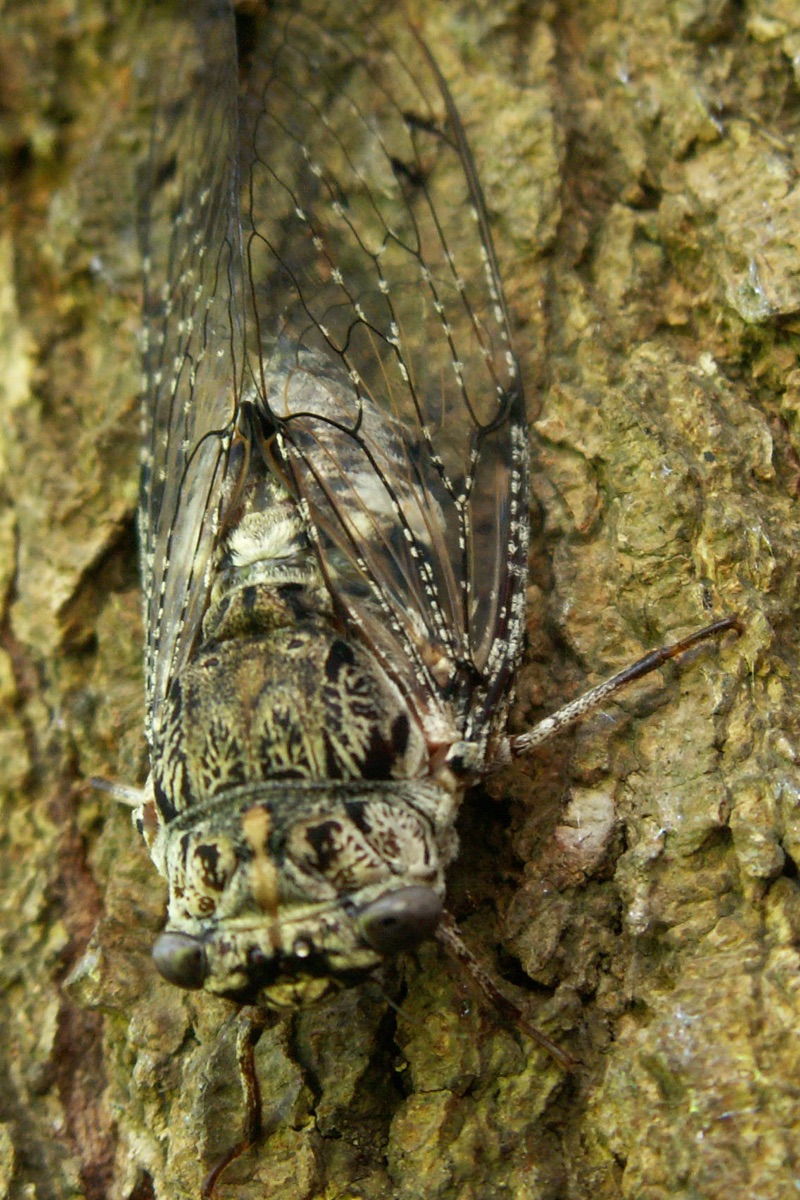
Michelle Thompson took this picture of a cicada on the trunk of her oak tree in Willoughby in Sydney Australia. It’s a Floury Baker aka Aleeta curvicosta.

Tibicen season is officially over in central Mississippi. Here’s some great side view photos from Paul Krombholz.
Neotibicen pruinosus pruinosus (Say, 1825):
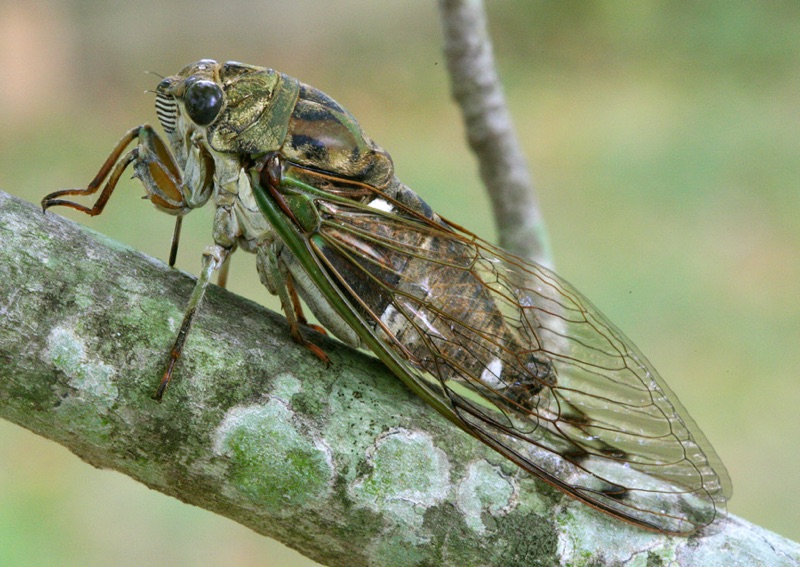
Megatibicen figuratus (Walker, 1858):
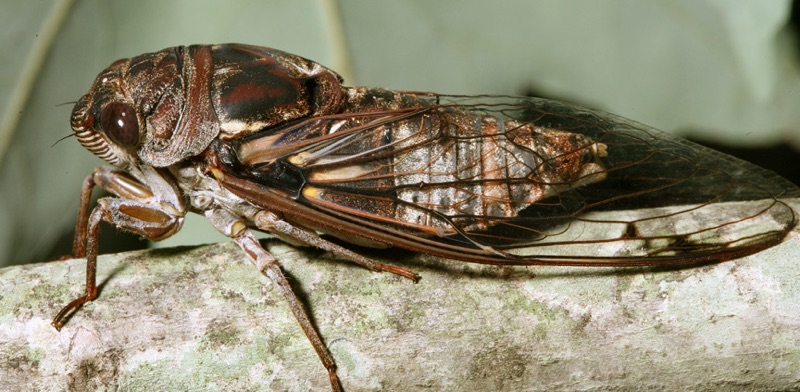
Todd Quinn send us some superb Neoibicen photos. Click the photos below to see huge versions.
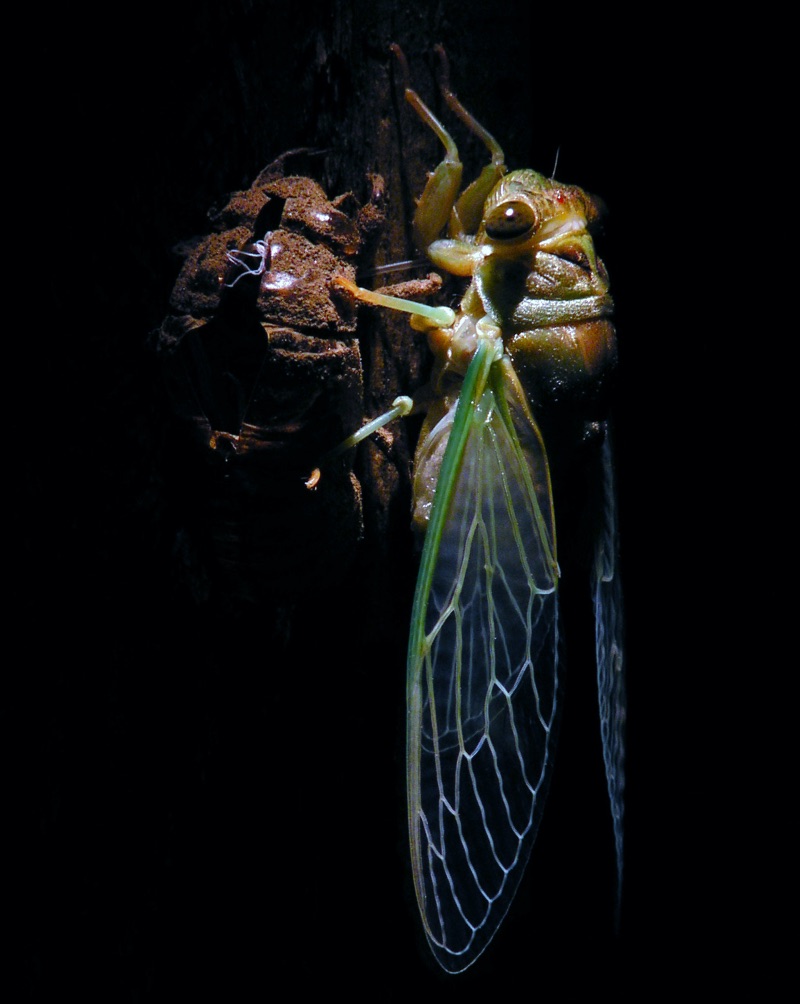
This photo is incredible. Check out the detail on the eyes!
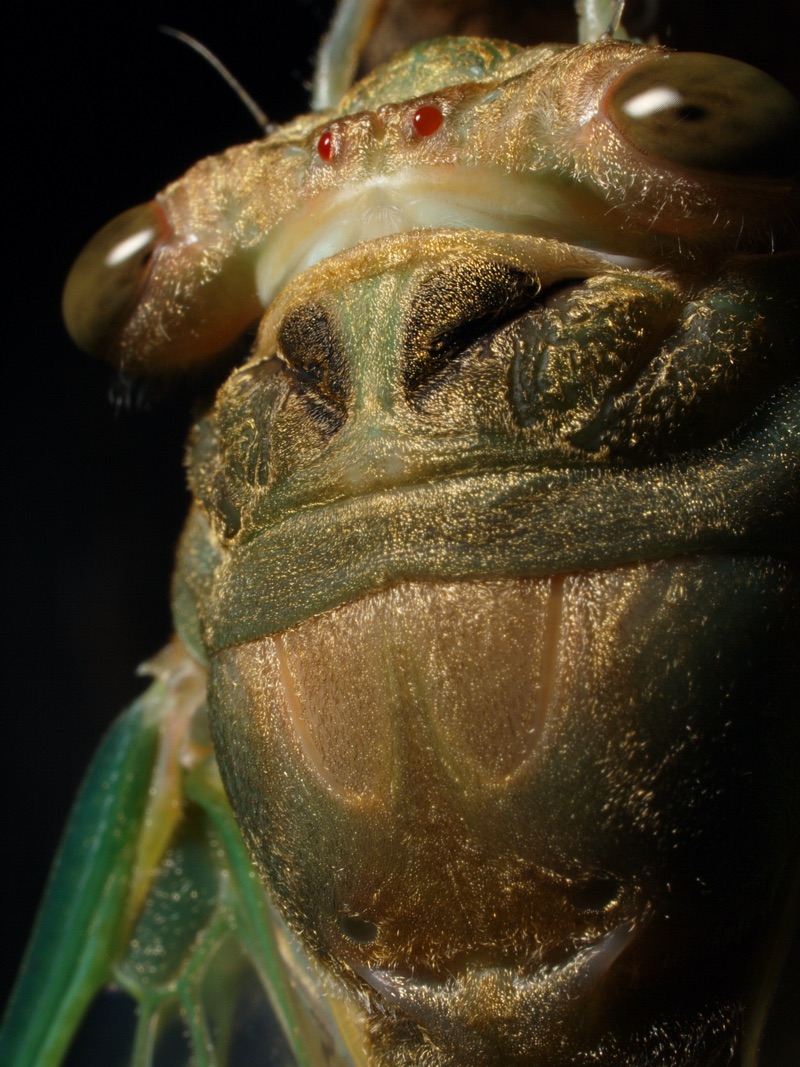
Edward Austin sent us this photo of a Tibicen from Fulton County Ohio. If someone knows the species, please post it in the comments.
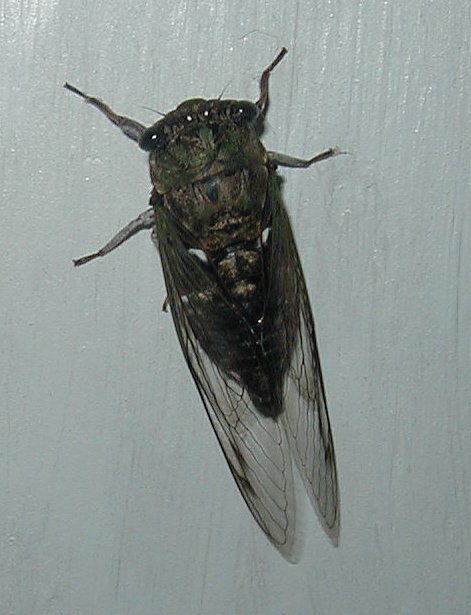
The photo below was taken by Jon Allen in Yeouido park in Seoul in South Korea. Click the image for a huge version. Anyone know what it is?
Paul Krombholz has an interesting question about Neotibicen identification.
In Kathy Hill’s picture of 18 species, T. canicularis looks quite different from T. davisi, but I have at least one T. davisi, captured in my back yard, that looks very similar to three canicularis individuals I caught in Northern Illinois a couple of weeks ago. The canicularis individuals all have the white “hip” spots and none of my davisi have them have them. T. davisi has a slightly larger head. The big question is, What features reliably distinguish the two species considering all the variety seen within species?

I panicked the other day when Richard Fox’s excellent Tibicen anatomy page was down. I’m glad to say that it is back in service and that it is an incredible resource. Check it out if you want to learn more about a cicada’s parts.
This excellent photo of a Neotibicen dorsatus (formerly T. dorsata) was taken in Oklahoma by Vic Fazio.
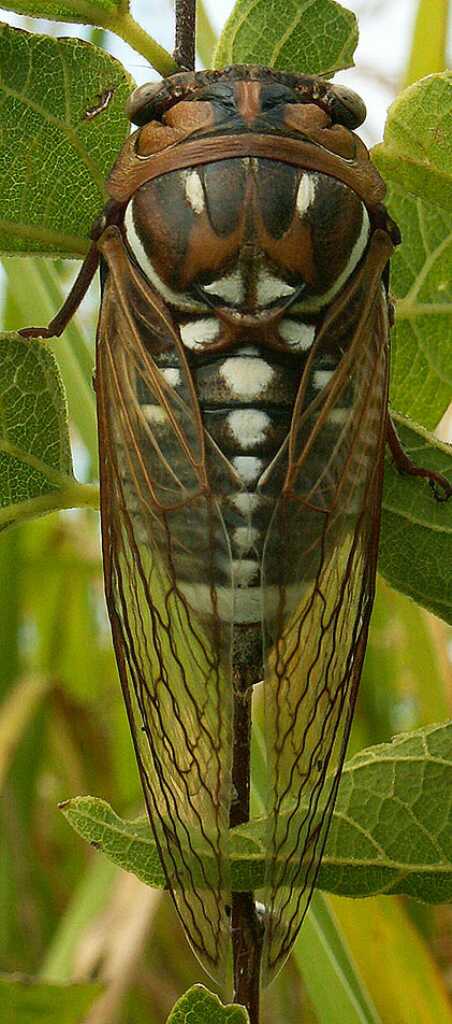
Paul Krombholz has discovered some interesting variations in the Tibicen davisi cicadas. I’m quoting Paul’s email in its entirety below.
Here is the composite photo showing variation in Tibicen davisi. The
additional one I wanted to add turned out not to be as dark as I thought,
but it has a different pattern. All these came from the trees in my
backyard in central Mississippi this season. Colors on the dorsal (top)
side vary from dark brown to green. Perhaps the most typical is the “olive”
one in the middle. On the ventral (bottom) side, the black abdominal stripe
varies from very wide to non-existent. Variation in the size of the black
abdominal stripe is not related to the color on the dorsal side, as I have
seen absolutely no abdominal stripe on both a greenish one and a very dark
brown one.Davis described a variety of T. davisi—T davisi var. hardeni—which has
little or no abdominal stripe. However, it also has darkening next to the
wing veins of the seven marginal cells as in T. superbus
(http://static.flickr.com/31/60751246_f60d00e2a9.jpg?v=0), While its upper
side is “less rusty” than the typical T. davisi, its underside is also
green. (Dr. Alan Sanborn, personal communication). Since my examples only
vary as to the “greenness” of the upper side and to the size of the
abdominal stripe, none of them fit completely the description of var.
hardeni. If anyone finds a T. davisi that meets the description of var.
hardeni, I think Dr. Sanborn would like to know about it.
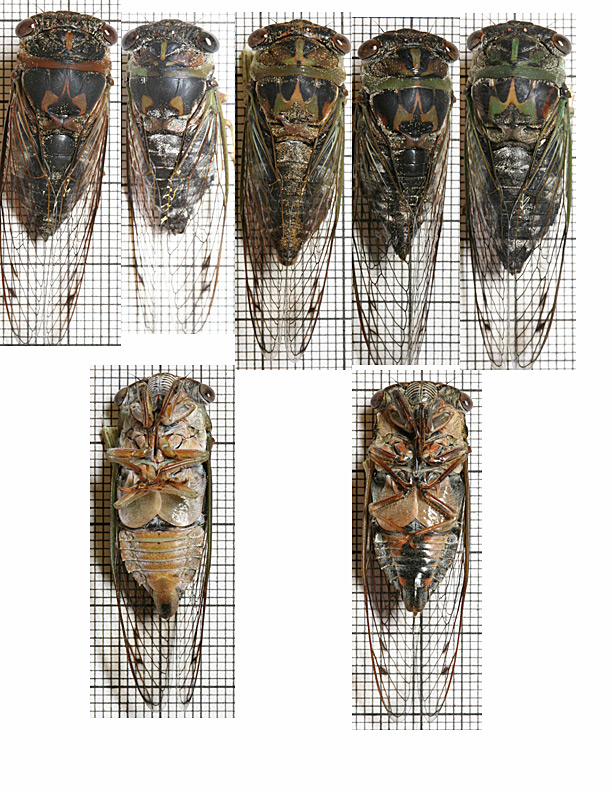
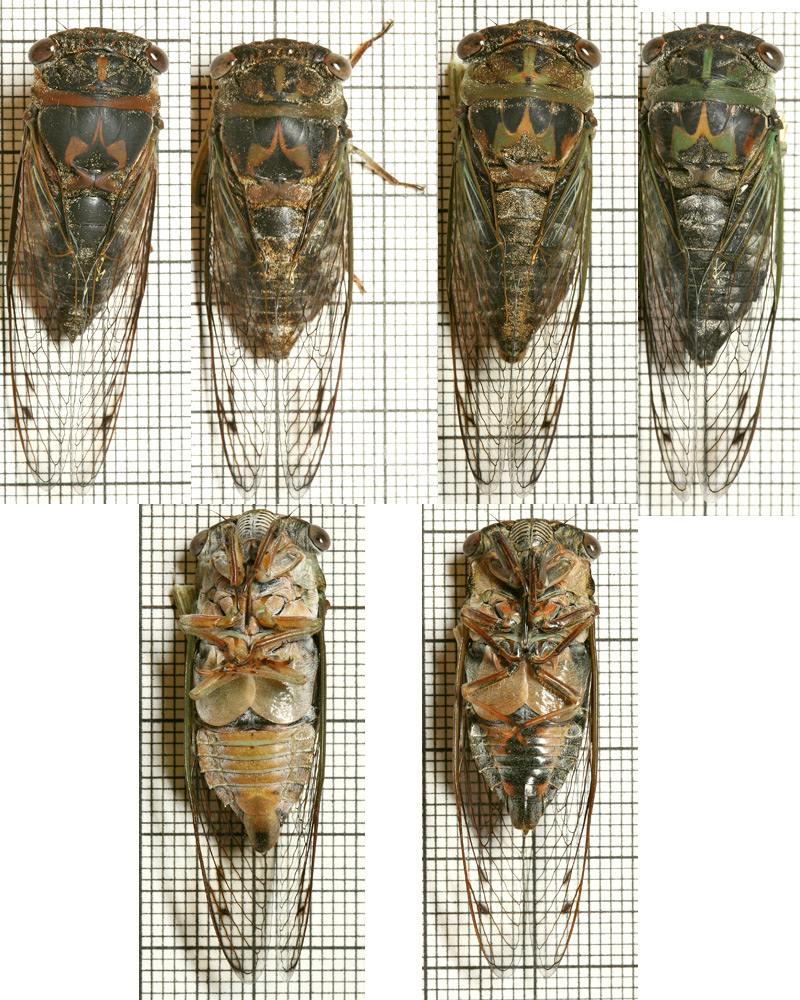
View other parts of this set: part 2, part 3, and part 4.
Adam Fleishman has captured some amazing photos of Cacama valvata cicadas. They were taken in Tucson, AZ. Elevation 2,450 ft.
See more of Adam’s work at his photography web site: Cometmoth Sight and Sound.
Ovipositing female:
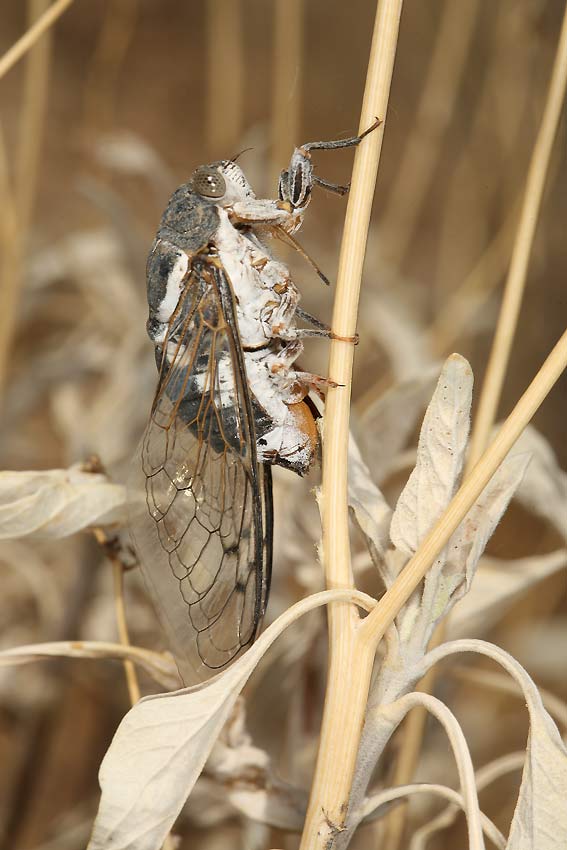
Female:
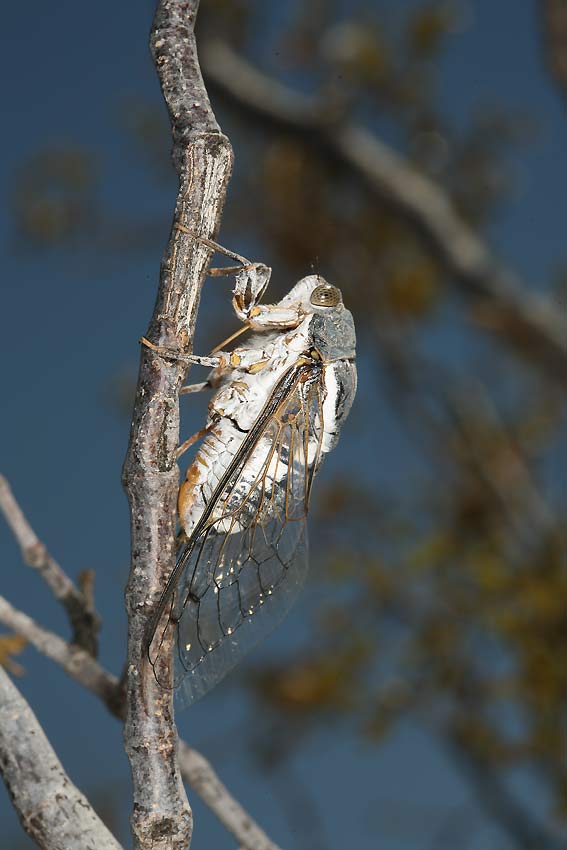
Female:
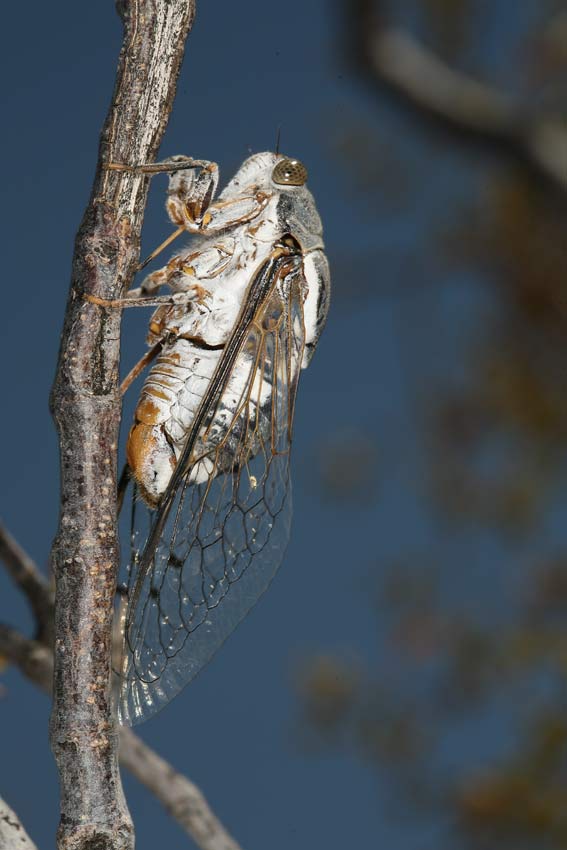
Molted cicada skin (exuvia):
